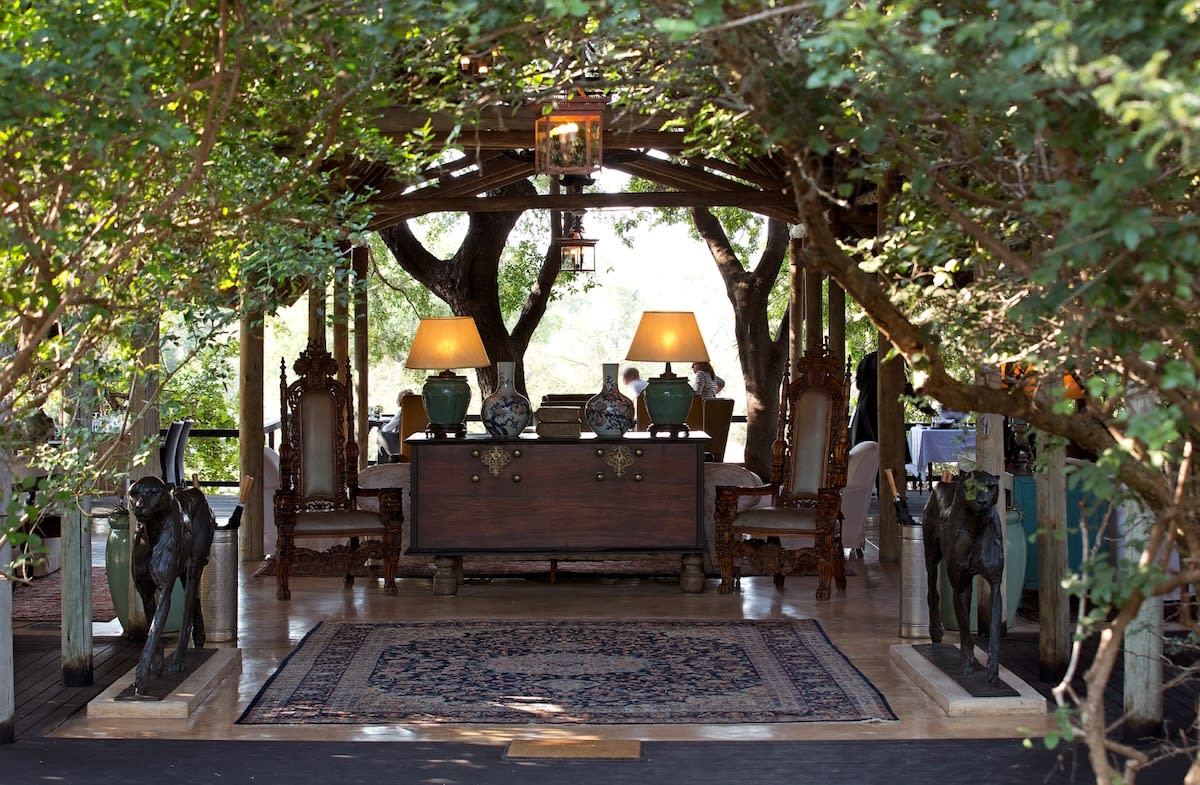
Image courtesy of Royal Malewane
Going on safari was unexpectedly fascinating. I learned so much. While most travelers come in search of the majestic Big Five, I was introduced to a lesser-known but equally intriguing group—the Ugly Five. Despite their unfortunate nickname, these animals carry a unique charm and vital role in the ecosystem. With the help of our incredibly knowledgeable trackers and rangers, I gained a deeper appreciation for these misunderstood creatures.
This experience changed the way I view beauty in the animal kingdom. With each sighting, and thanks to the passion and insight of the rangers and trackers, I saw more than just odd features—I saw strength, intelligence, and ecological importance. Africa has a way of challenging your perceptions, and I welcomed the lesson.
1. Vultures
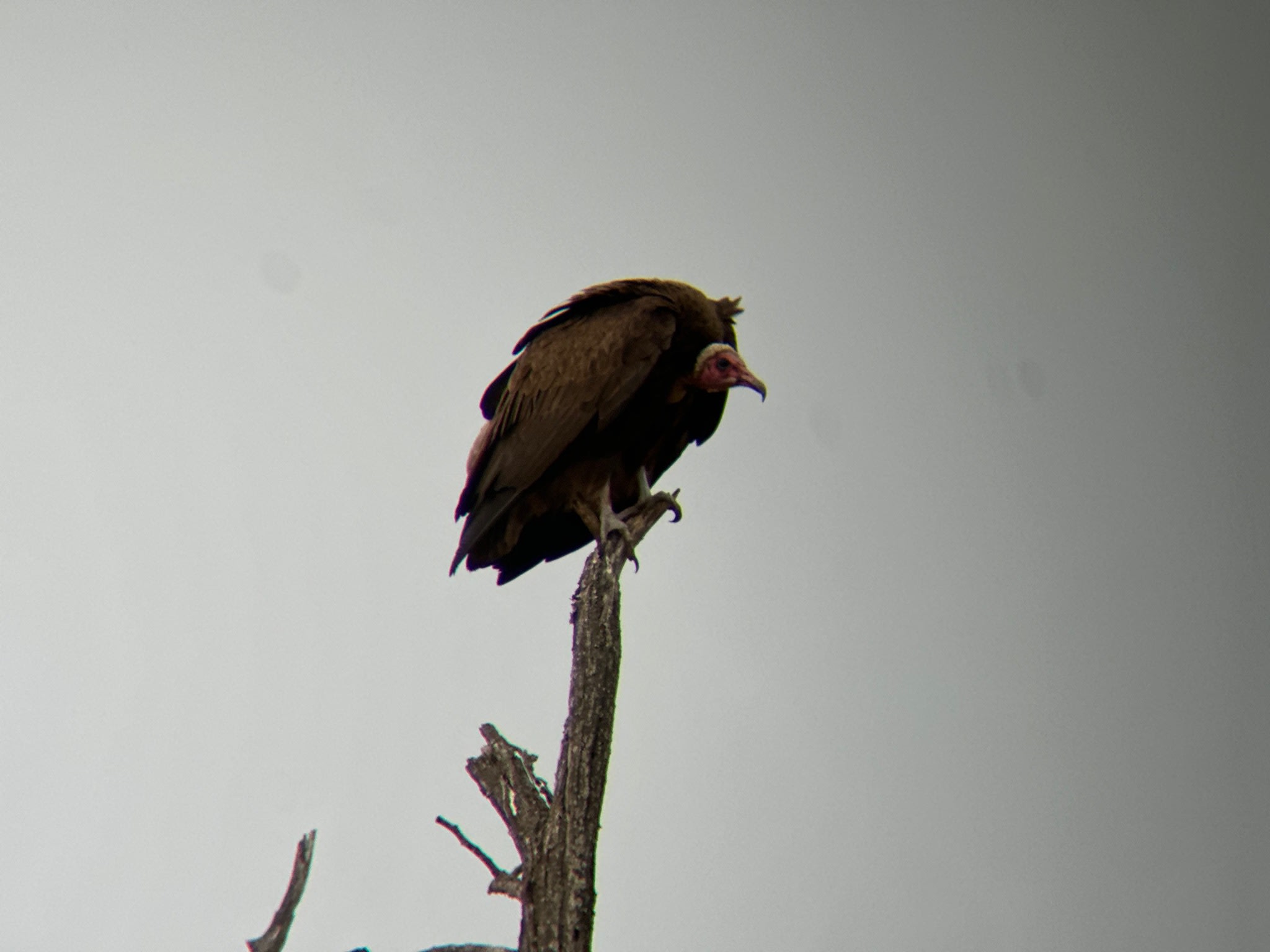
Image courtesy of Sam Pappas
Our journey began with the vulture, often dismissed as grim or grotesque. But the rangers pointed out that vultures are nature’s cleanup crew—without them, disease would spread rapidly through the savannah. One astonishing fact that blew my mind: Some vultures can soar at altitudes of 37,000 feet, which is higher than cruising altitude. Watching them glide effortlessly through the skies, I couldn’t help but feel a newfound respect for their resilience and role in the wild.
2. Hyenas
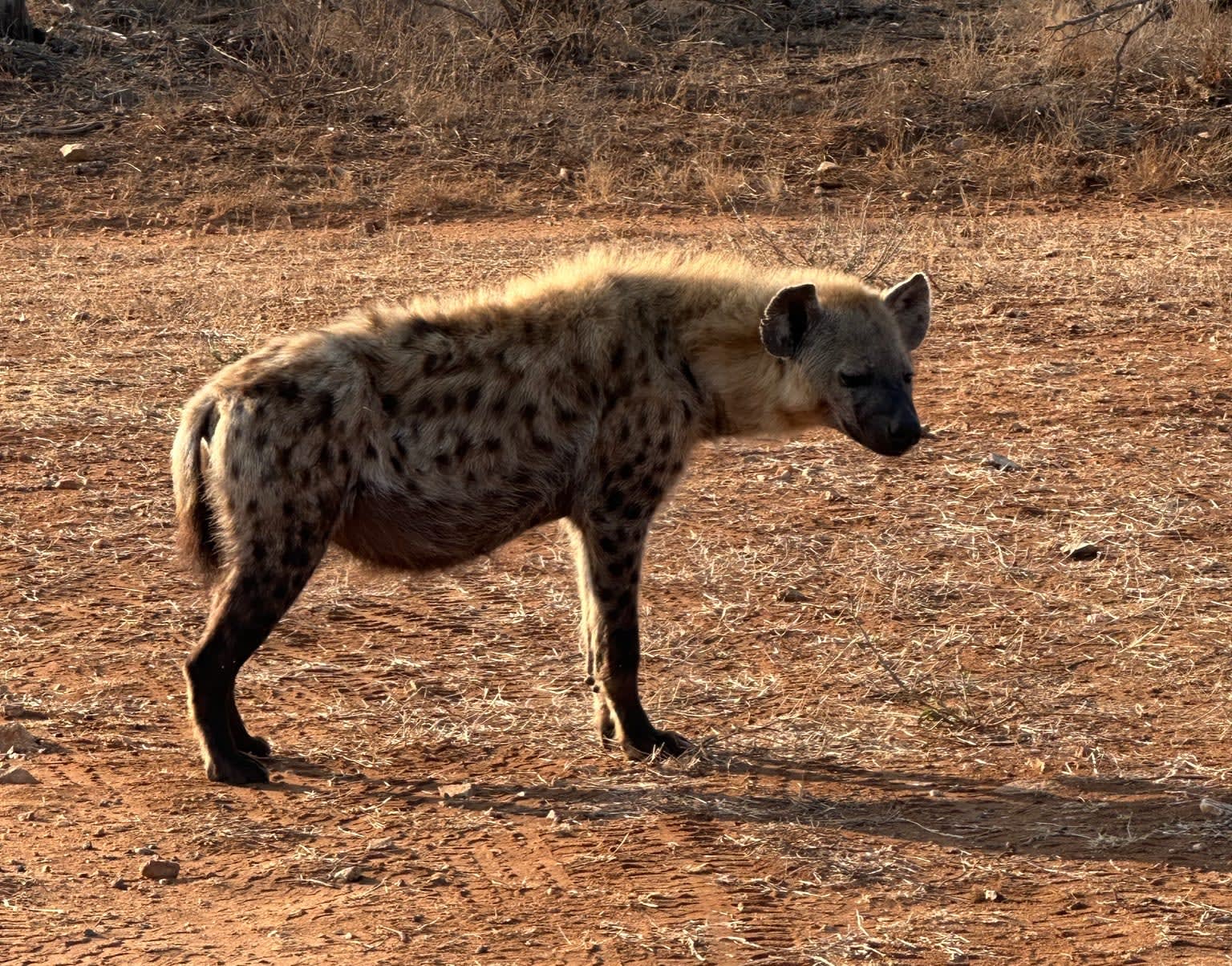
Image courtesy of Sam Pappas
Next came the hyena, often portrayed as cowardly scavengers in stories and films. But the reality is far more complex. Female hyenas lead their clans (love that) and, in a rare twist of nature, have male reproductive (?) parts, which makes it difficult to distinguish from the actual males. The rangers explained that hyenas are, in fact, skillful hunters and highly intelligent animals, capable of communicating with an impressive range of sounds—from giggles to whoops, which I heard all night from my safari tent.
3. Warthogs
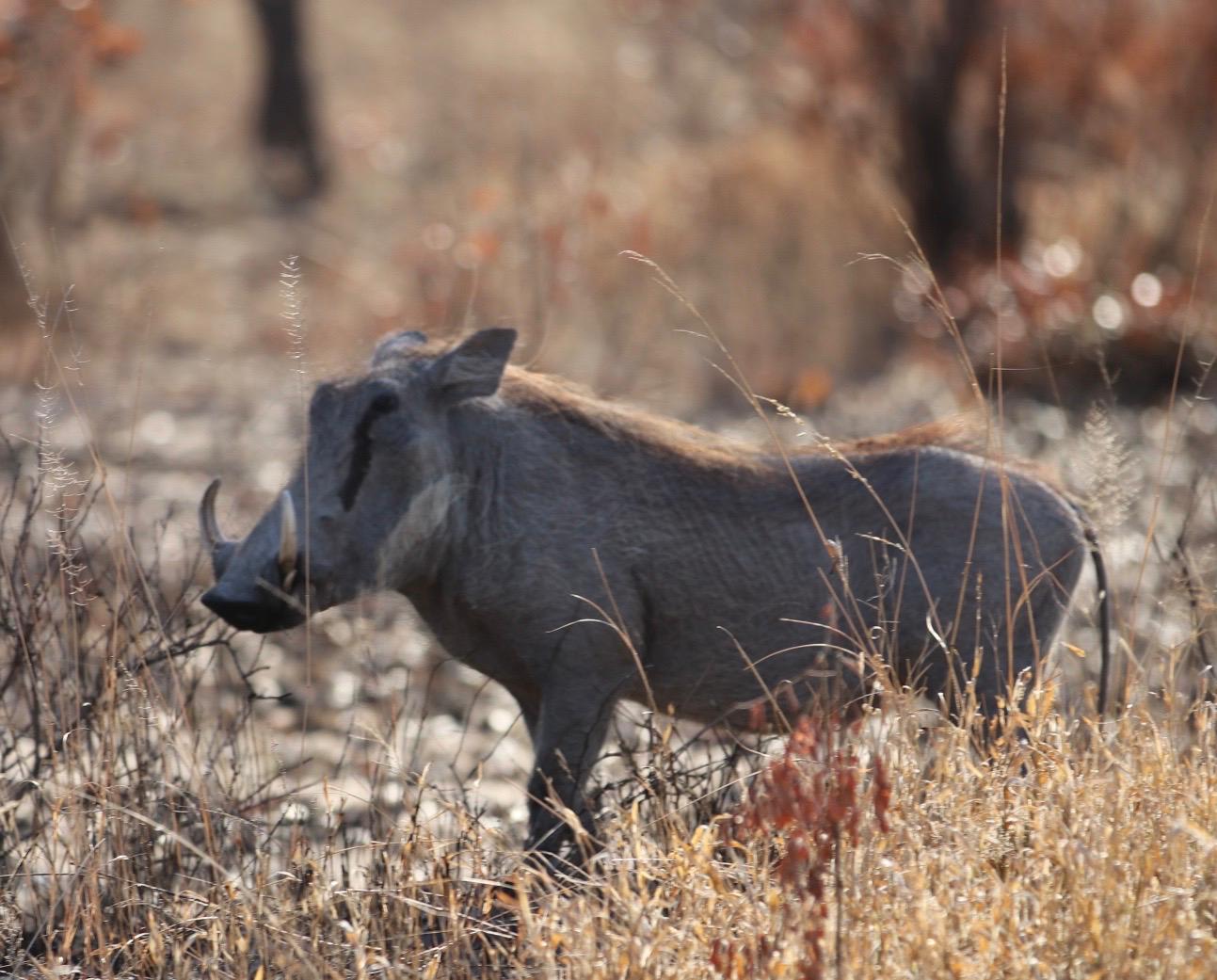
Image courtesy of Sam Pappas
As we bumped along dusty trails, we encountered the warthog. Its large head and wart-like facial growths earned it a spot on the “ugly” list. But looks are deceiving. These animals can run up to 30 miles per hour and often kneel on their front legs to graze, a behavior I found oddly endearing. Our tracker chuckled as he explained how warthogs will back into their burrows to protect themselves, tusks facing outward—an unexpected show of clever defense.
4. Marabou storks
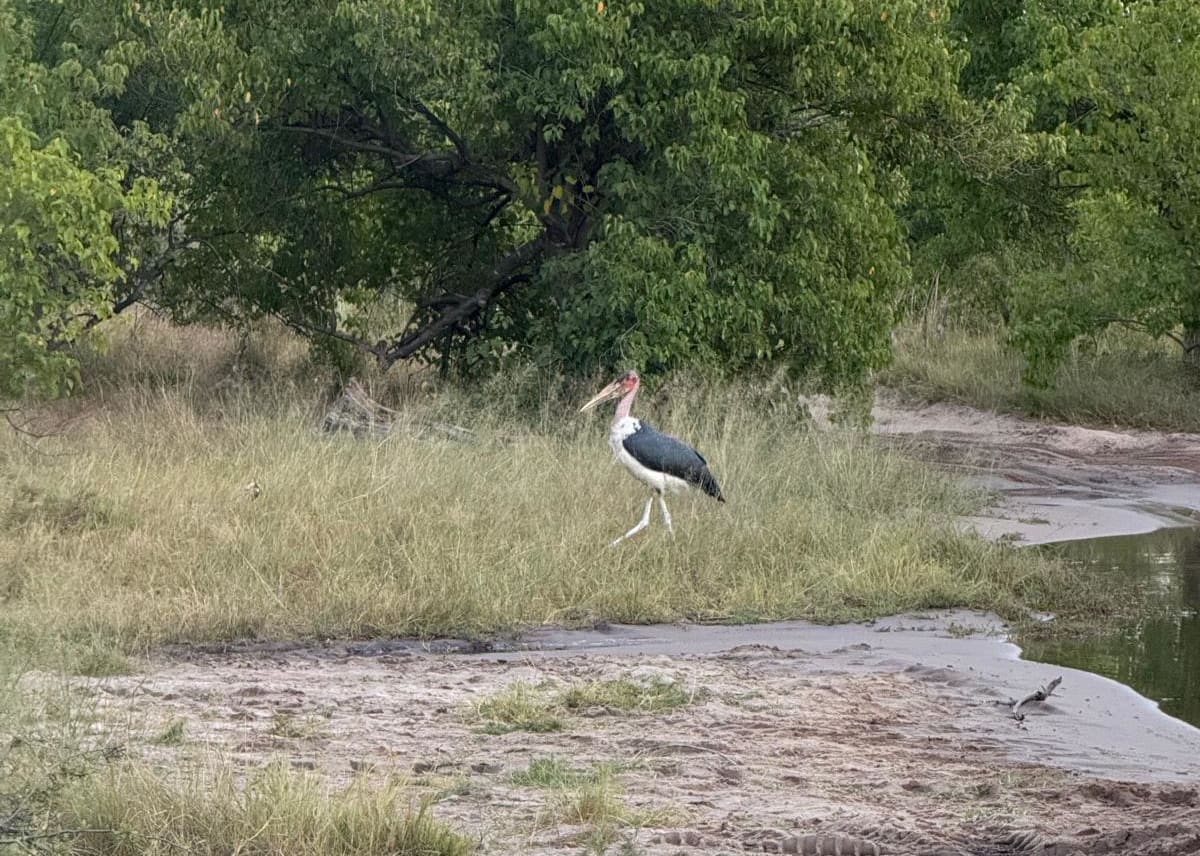
Image courtesy of Sam Pappas
The marabou stork was perhaps the strangest of them all and, in my opinion, the ugliest. With its bald head, hunched posture, and dangling throat sac, it’s no wonder it made the cut. Yet, like vultures, marabous are scavengers that help keep the environment clean. One ranger called them “the undertakers of Africa,” and while I initially laughed, the nickname stuck. I was amazed to learn that their hollow leg bones make them surprisingly agile fliers despite their size; they are massive. For Some perspective, they are about 5 feet tall and have a wing span of about 10 ft. That’s bigger than my golden retriever!
5. Wildebeests
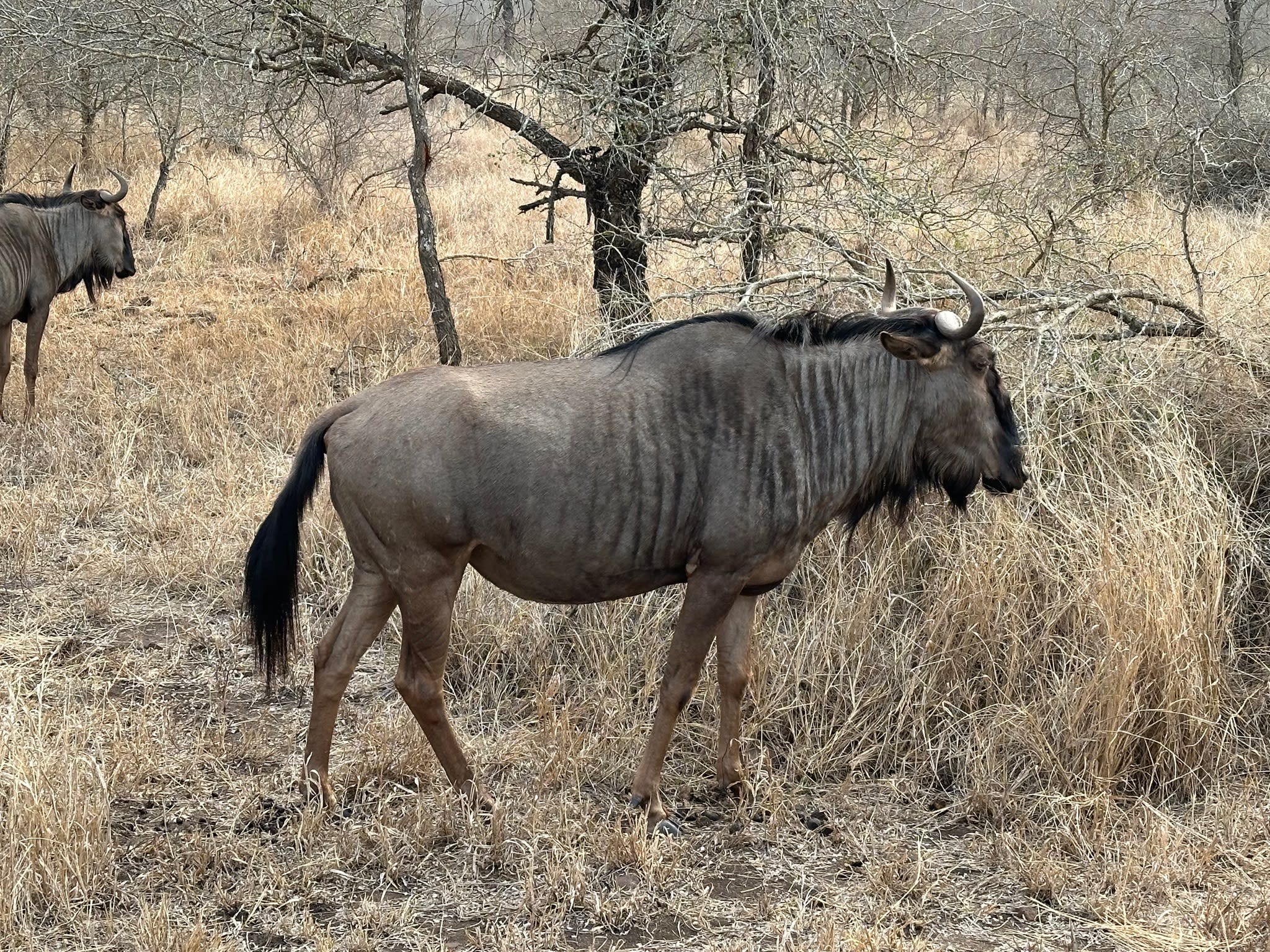
Image courtesy of Sam Pappas
Finally, we spotted the wildebeest, which some say looks like it was assembled from leftover animal parts—a horse’s body, a cow’s horns, and a goat’s beard. But during migration, over a million of them travel together in one of the most spectacular wildlife movements on Earth. Our guide explained how their journey is essential to the ecosystem, feeding predators and fertilizing the land as they go. It was a humbling reminder that even the “ugly” ones play a beautiful part in the circle of life.
Where to stay to encounter the Ugly Five
Many of these unforgettable encounters were made possible thanks to the exceptional places we stayed. At Royal Malewane, located in Thornybush Private Game Reserve, we had some of the best sightings of hyenas and warthogs. The experience was intimate and thrilling, made even better by the lodge’s incredible attention to detail and comfort.
In Botswana’s Vumbura Plains, we spotted numerous marabou storks, often near the water’s edge. And in Wilderness Mokete, the sweeping landscapes came alive with the dramatic movements of wildebeest herds.
All three camps offered a rare combination of immersive wildlife experiences and world-class luxury—a way to connect deeply with Africa’s wild heart without sacrificing the comforts of thoughtfully designed accommodations, gourmet meals, and warm hospitality.

